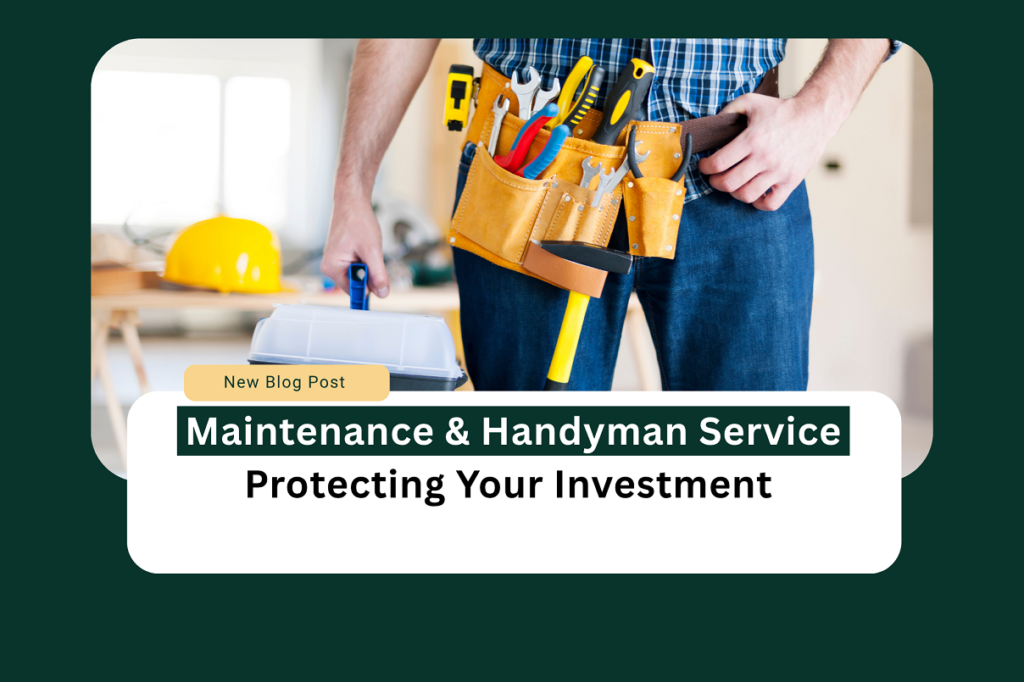Introduction
The American market demonstrates increasing interest in sustainable construction practices, which drives unprecedented growth in eco-friendly homebuilding operations across the United States. Eco-friendly home construction drives fundamental changes within the construction industry because it delivers both economic opportunities and innovative solutions. The U.S. Green Building Council predicts that green buildings will add $303.4 billion to the U.S. GDP during the period from 2018 through 2023. The market success of entrepreneurs and construction professionals in this sector demands knowledge of basic eco-friendly home-building principles.
The Growing Demand for Eco-Friendly Homes
Customers are making major changes in their preference toward sustainable residential choices. According to a 2023 National Association of Home Builders report, 61% of homebuyers would consider spending more money on a house, which decreases their utility expenses. The market shows increasing demand for sustainable homes because consumers face rising power expenses and environmental worries together with their need for wellness-oriented residential spaces. The eco-friendly home construction business has an exclusive ability to fulfill these market requirements and build successful ventures simultaneously.
Sustainable Materials and Sourcing
Every eco-friendly home construction business depends on the selection of sustainable materials as its fundamental building block. The usage of sustainable building materials, including reclaimed wood, recycled steel, bamboo flooring, and low-VOC paints, provides environmental benefits along with creating healthier living spaces. The business needs to develop relationships with suppliers who make sustainability and local sourcing central to their operations. The study conducted by Architecture 2030 reveals that building materials along with construction generate about 11% of global greenhouse gas emissions, thus demonstrating the vital role of material selection.
Energy Efficiency and Renewable Integration
Energy efficiency stands as the leading advantage that eco-friendly homes offer to potential buyers. High-performance insulation combined with Energy Star appliances and energy-efficient windows enables a substantial reduction of home energy usage. Solar panel integration into homes creates lasting benefits for utility expenses. Homes that receive proper insulation together with energy-efficient features reduce energy consumption by 25-30% which leads to significant savings for homeowners and lower environmental impact according to the U.S. Department of Energy.
Water Conservation Strategies
The practice of water conservation plays an essential role in building homes with eco-friendly principles. The combination of low-flow fixtures dual-flush toilets and rainwater harvesting systems leads to significant reductions in water consumption. WaterSense-labeled products in homes reduce annual water consumption to more than 8,000 gallons which makes water efficiency vital for any eco-friendly construction business.
Target Market Identification
Any eco-friendly home construction business requires complete knowledge about its target audience. The target market consists of three main groups: environmentally minded house purchasers, families who prioritize indoor air quality and health, and buyers who want to save money on utility costs in the long term. Market research must determine which target segments exist in your operational area so you can customize your products for them.
Competitive Analysis and Differentiation
The market for sustainable home construction continues to grow more competitive by the day. A complete assessment of nearby competitors enables companies to find unmet market needs and create unique value propositions. The business could differentiate through its focus on passive house design together with net-zero energy homes and affordable eco-friendly housing options. McGraw Hill Construction reports that sustainable elements have become prevalent in construction projects because the green building market share has surged to more than 60%.
Financial Planning and Funding
To succeed in eco-friendly construction businesses organizations must develop complete financial planning systems. A financial plan must include startup expenses together with operational costs pricing methods and revenue predictions. The financial plan must account for certification expenses such as LEED or Energy Star as well as equipment specific to sustainable construction. Traditional small business loans and green business grants that focus on sustainable enterprises constitute the funding options available to eco-friendly construction businesses.
Marketing and Education
The main obstacle in eco-friendly home construction consists of educating clients about the lasting economic advantages.
The initial financial burden for sustainable homes leads to reduced expenses in utility bills and house maintenance costs throughout property ownership. The conversion of prospects into clients depends heavily on developing educational materials that show clear investment returns for eco-friendly features. Establishing an engaging online platform that promotes your sustainable building projects combined with your environmental commitments will draw customers who care about preserving the environment.
Conclusion
The eco-friendly home construction industry presents builders with a powerful way to generate profits through sustainable business operations. Renewing their emphasis on sustainable building materials alongside efficient energy systems alongside water-saving strategies helps construction professionals obtain stronger positions within this market segment. The expansion of eco-friendly home construction demand because of climate concerns will sustain business opportunities for companies dedicated to green building practices.
Feedback from you about emerging trends in green construction would be much appreciated. We would greatly appreciate your feedback on this article. If you think it is valuable, you should also share it on social media.
FAQ
1. What kind of return on investment should homeowners expect when they invest in eco-friendly home construction? Eco-friendly home construction features generate different returns on investments, but energy-efficient improvements typically produce 1.5 to 3 times their initial investment by saving utilities and boosting property value within a 5 to 10-year period.
2. Does the government offer any financial benefits for building in an eco-friendly manner? Numerous incentives associated with energy-efficient construction and renewable energy installations exist at federal, state, and local levels through tax credits, rebates, and low-interest loans. The Database of State Incentives for Renewables & Efficiency provides location-based programs that you should verify.
3. What are the additional expenditures linked to eco-friendly construction compared to regular construction techniques? The initial construction expenses for environmentally friendly approaches are usually 2-5% higher than standard building processes, but these price differences keep shrinking as eco-friendly building materials gain widespread adoption. The additional cost usually returns through operational savings during 3–7 years.
4. Which eco-friendly features provide the fastest payback period? High-quality insulation, LED lighting, programmable thermostats, and water-efficient fixtures typically offer the fastest payback periods, often within 1-3 years through immediate utility savings.
5. How can I market eco-friendly homes effectively to potential buyers? Focus marketing on the triple benefit: lower operating costs, healthier living environments, and reduced environmental impact. Highlight third-party certifications, provide energy modeling data, and showcase testimonials from satisfied homeowners currently enjoying these benefits.
Read More : AI and machine learning consulting plan










